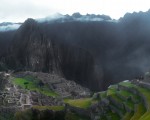
We’re finally here in Peru, a country that had haunted the dreams of Thomas since the Adventures of Tintin: the Prisoners of the Sun.
Perú, the land of the Incas, llamas and condors.
We arrived in Cusco exhausted having spent more than 34 hours in airplanes and airports, and dumped our backpacks at the Wild Rover, a guesthouse run by a bunch of happy Irish lads. Anne-Marie could finally feel at home again. Landscapes of Connemara on the wall, paintings of the streets of Dublin and Guinness on tap, no doubt we are in Ireland for a week-end.
Thomas takes a few minutes on the Internet to check the Dollars / Soles exchange rate before going to the ATM. En-route to the bank he comes across a newspaper article published a few hours earlier on a press site: “Three police officers shot dead in Terminal 2 at Mexico City airport last night”
It is precisely here, in one of the many fast food restaurants of Terminal 2 at Mexico City airport, that we had waited for six hours for our flight to Peru. The incident occurred at 5.30am, the departure of our flight was at 2:30. In short, we had a narrow escape., I exaggerate perhaps because it is rather the police that the drug traffickers were after. Even though, it was worrying to know that it could have happened before our eyes.
The only fear we had about Peru was the altitude sickness. Many tourists suffer from altitude sickness during the first hours spent in Cusco and this can be extremely dangerous, such as causing a severe cerebral edema.
Fortunately it went well for us after having followed the recommendations of travel guides: drink plenty of water, avoid alcohol the first day and chew coca leaves, the same coca leaf used to produce one of the most popular drugs in the world, cocaine. Chewed by Native Americans for thousands of years, the coca leaf is known for its virtues: it calms, it is said to reduce altitude sickness, hunger and even improves endurance.
The World Health Organization includes this substance on the list of addictive products. In 1961, the Single Convention on Narcotic Drugs of the United Nations said coca cultivation was universally illegal, except for a few crops for traditional use in Bolivia and Peru. To compare the coca leaf to cocaine, is like comparing grapes to wine. If you eat a lot of grapes, you will not get drunk. The importance of the coca leaf in Andean culture is difficult to estimate. We read in our guide that it was considered sacred by the Aymara, Quechua and Guarani people for over 5000 years. Its main advantage is that it stimulates the circulation of oxygen in the body. You will not see a Bolivian miner go to the mine without his big bag of coca leaves. This is necessary because the amount of oxygen is very low in the ground.
There are beneficial health properties associated with coca and there is a huge potential market for this product. The U.S. argument is that domestic production exceeds the amount required for domestic consumption and therefore this overproduction feeds the drug trade. One reason why the surplus turns into narcotics, is that there is no legal international market for coca. The only company that is authorized to make commercial use of this product is Coca-Cola …
We enjoyed palatable irish food at the wild rover, an Irish Stew and a Sheppard’s Pie, two of the well known Irish national dishes.
We met some other backpackers at the hostel, including Martin an Australian on a trip for six months in South America. We kept things low key for our first night, saving our energy for the 80’s night the next evening with Martin and a bunch of others. It did us good after 3 weeks ‘study’ in Nicaragua.
The next day, and despite our slight hangover, we went for a walk towards the center of Cusco.
Cusco was once the capital of the Incas. The city is now a major tourist base where travel agencies offering various tours, treks, rafting afternoon, etc. .. are everywhere.
A few pictures and a coffee later, we go to the local market to buy some warm clothes. Yep, although it is a relatively good day (between 20 and 25 degrees), temperatures drop by 15 degrees once the sun disappears behind the hills surrounding the city. Suffice to say it is very cold! We buy a Peruvian hat for Thomas and a Christmas sweater for Anne-Marie. We are prepared for what lies ahead the next day: our second “Wonder of the World” after the Taj Mahal: the ruins of Machu Picchu.
We had booked the tickets about two months earlier on the Internet. They go like hotcakes, especially those including Huyana Picchu, the mountain that is seen in the background of the pictures of Machu Picchu. Visitors to Machu Picchu are limited to 2500 people a day and only 400 tickets are issued for Huyana Picchu. In the evening, we prepare our bags for the next two days. We will not take that much with us, just our small backpacks, and leave our big bags at the guesthouse.
The next morning we took a “collectivo” minivan (useful and cheap when moving from one city to another). For 10 soles per person (about 3EUR), we reach the town of Ollantaytambo in the Sacred Valley. The trip takes about 1:40 but due to a road block at the entrance of the city, we almost miss our little train. Rather than remain trapped in the minivan to wait until the road clears, we raced up to the train station, located at the other side of town, afraid the Peru rail vistadome train would be leave without us.
The path towards the village of Aguas Calientes, the starting point of the climb to Machu Picchu, was very nice and this train has windows in the ceilings, to enjoy a total view of the surrounding mountains.
We arrive at Aguas Calientes in the late afternoon, and put our bags at the Pirwa hostel that we had booked a few days earlier from Costa Rica.
There are many people in the streets and restaurants use a variety of techniques to lure customers in such as happy hour “4 for the price of one!” We buy our bus tickets for the ascent to the ruins the next morning, and some bread and cheese slices to make sandwiches. We end the day in a local restaurant, playing Jenga before going to bed.
Wake up call at 4:30 am!! The first bus leaves at 5:30, time for the opening of the bridge. After having our breakfast in a hurry, we arrive at the bus station around 5:00. The queue is already very long, over 200 people before us. Half an hour later, we board the 6th bus and chat with an English couple from Manchester. Time to share our experiences and our email addresses. We soon arrive at the entrance, yet must stand in line again, but who cares as Thomas takes Anne-Marie takes by the hand, and skips the queue. Nothing ventured, nothing gained. It worked a treat and we are among the first to pass through the check point for tickets/passports.
About 6am and it was still quite dark. A hundred meters further, we distinguish the first ruins.
We climb fifty steps to get a better look. Once up, the view is stunning. We are in the ruins of Machu Picchu. Having admired the ruins dozens and dozens of times in photos and videos, and now they stand proudly in front of us.
The first rays of sunshine finally appeared behind the mountain but it was still very dark. Thomas struggles to find the right features on his camera to bring out the best of the ruins in this light.
We take good pictures with our two cameras: portraits, scenic, etc. … then find a small hidden corner in order to have breakfast (cheese sandwiches prepared the day before, accompanied by a bottle of Inca Cola) without being detected (it is forbidden to eat on the site).
It’s almost 7am and it is now impossible to take pictures of the site without at least thirty tourists in the background so we go for a walk in the ruins of the temple of the sun. We meet a few llamas on the way.
We decided then to begin the ascent of Huyana Picchu. After passing the checkpoint, confirming our name and country in the register, we begin the climb. It rises slowly during the first 15 minutes, then it becomes very steep, steep and therefore much more demanding.
One can clearly see on the faces of some that they regret their decision and that it will take them longer than originally planned. Sometimes, when the passage is particularly difficult, there are small steps carved of stone. You climb a stair so completely vertical that for safety, you should climb with your hands as well as the feet. The sweet scent of adventure, with sweat in our eyes and the heavy perfumes of the tropical forest. One begins to dream of the early explorers who discovered the site …
We take approximately 1.15 to reach the top. The view is magnificent and what a pleasure to not feel oppressed by the hundreds of tourists quickly storming the ruins below. We are really pleased to have managed to get tickets for the Huyana Picchu. We take some pictures and talk with an American couple.
We climb down very carefully. It is more dangerous than the ascent because some steps are slippery and ravines of several hundred meters abound.
We finally arrive at the bottom. Total time: 2:30, taking our time to rest and lots of photos. We decide to find somewhere to lie down, our knees having taken a hit! But tourists are everywhere and invade the ruins. Dozens of groups of Japanese, American, Russian, and Germans, all wearing the same hat or even t-shirt.
We finally found a small green space in the sun. We decided to stay put for an hour, before taking the bus back to Aguas Calientes. It is about 2:00 p.m. when we’re back at the hotel. Unfortunately we had booked for two nights, else we would have returned to Cusco the same day. Too bad.
We leave the next day towards Cusco. An additional overnight stay before taking 12 hour bus that separates us from Arequipa.
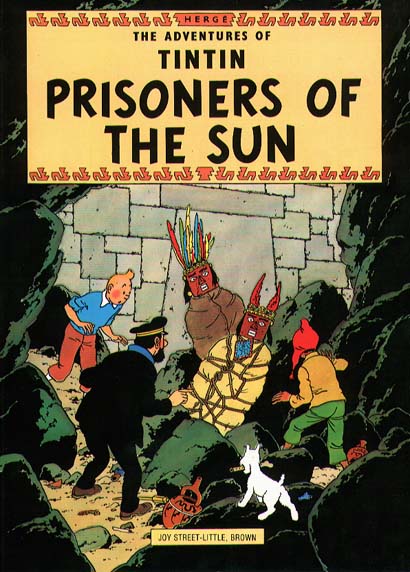
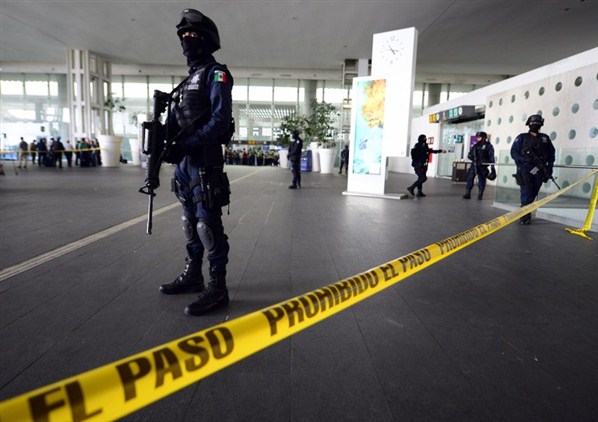
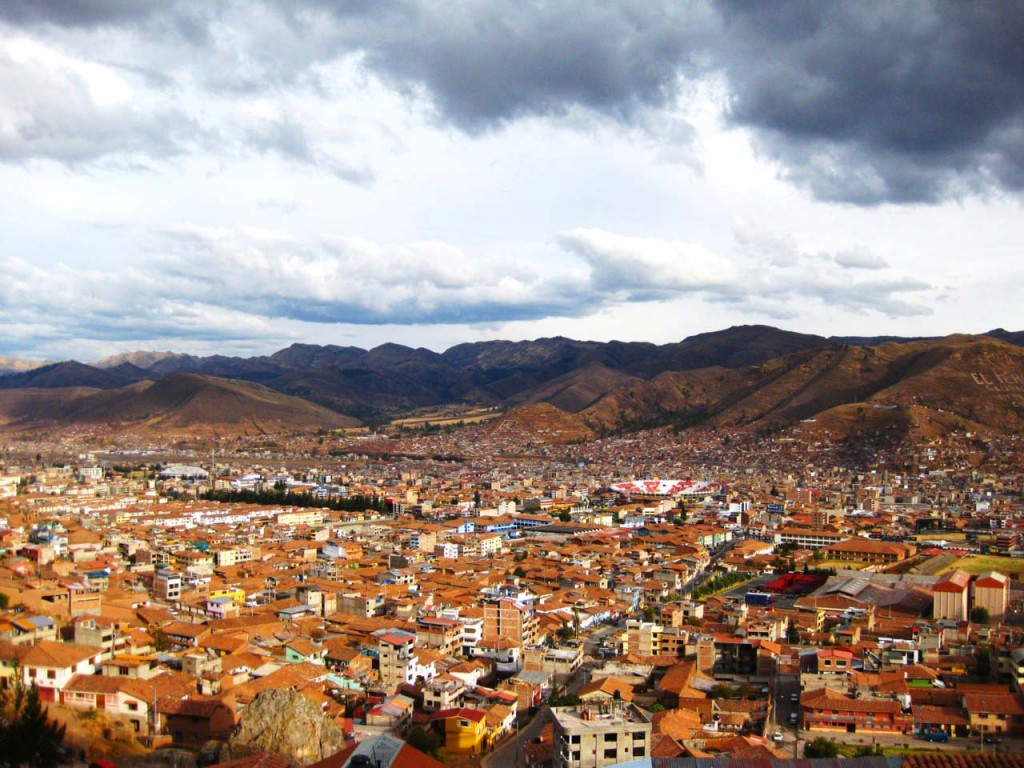
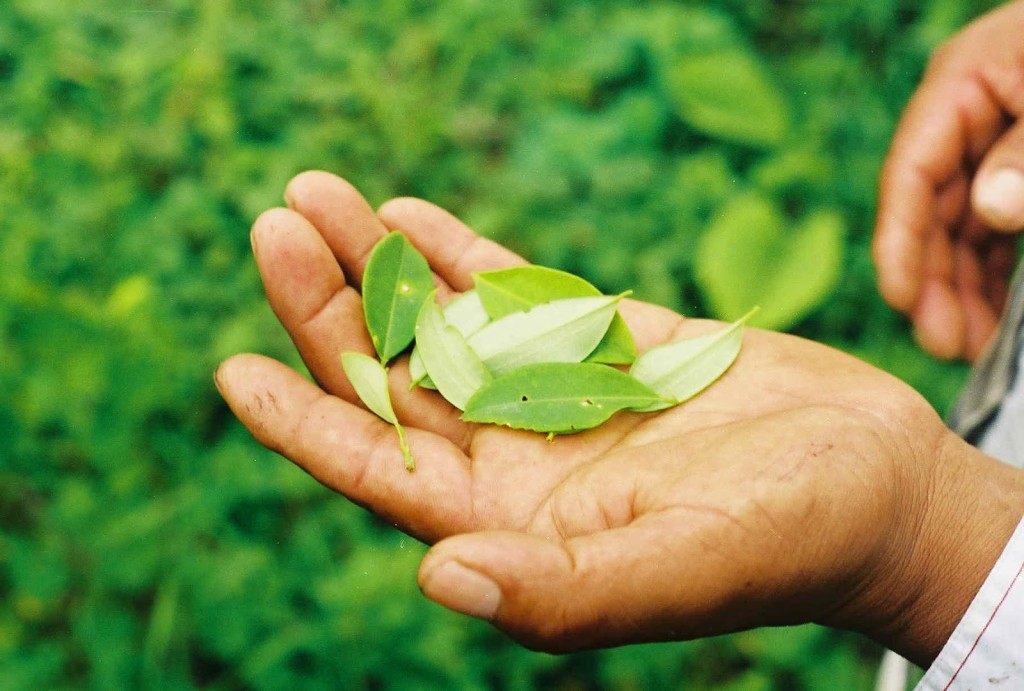
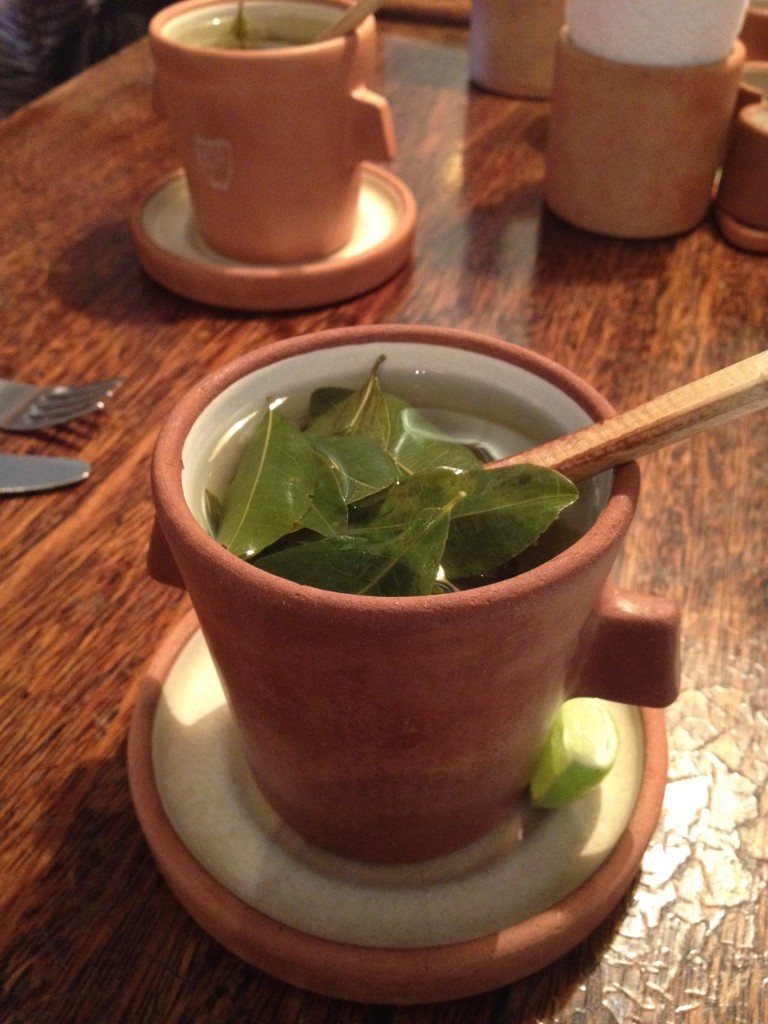
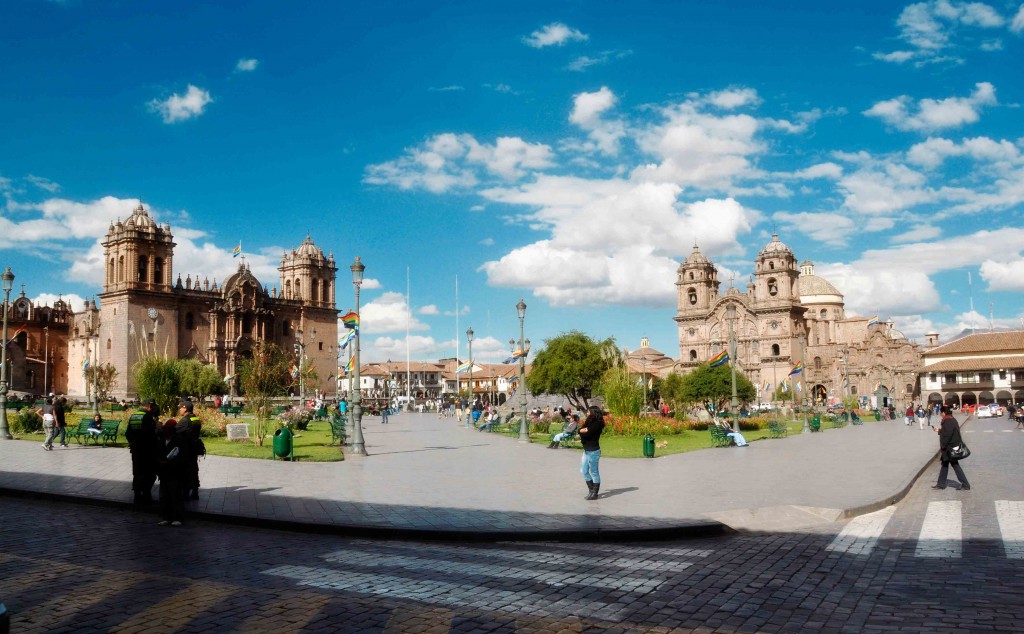
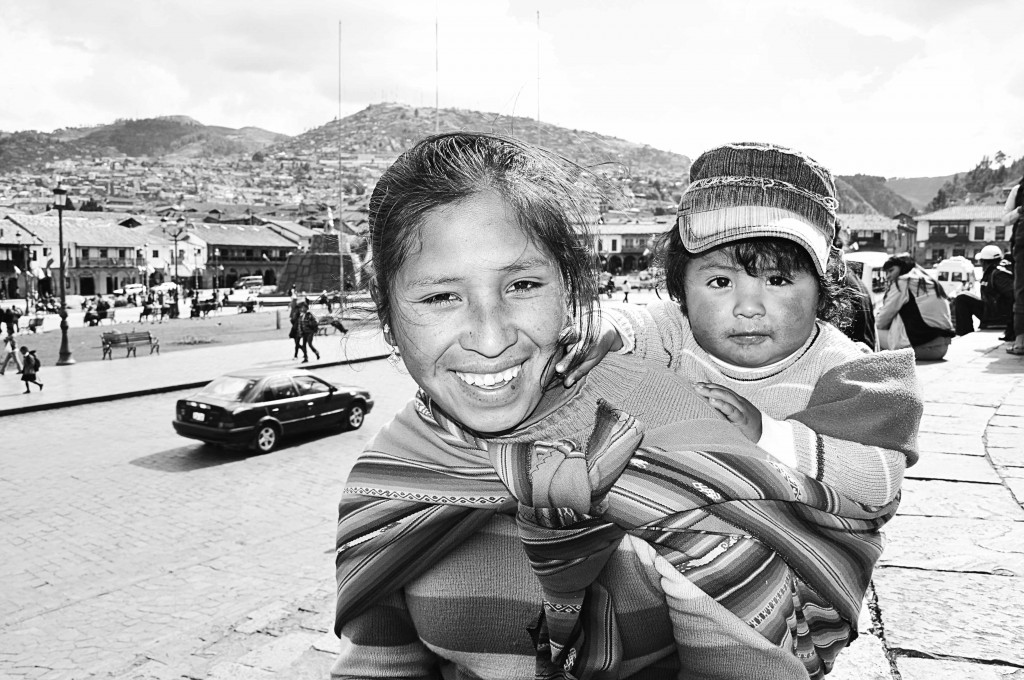
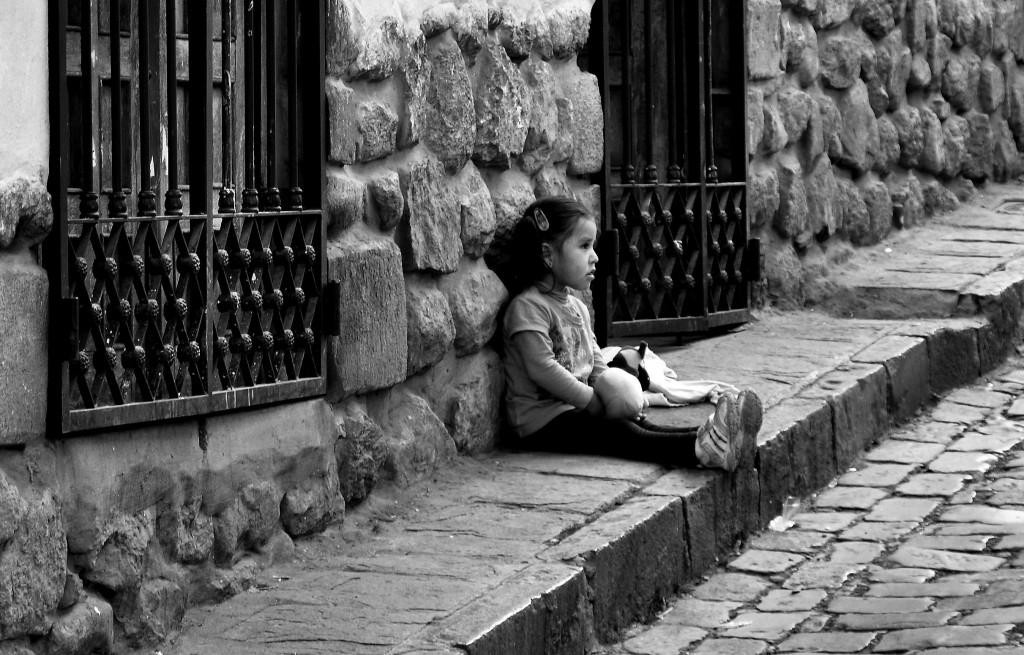
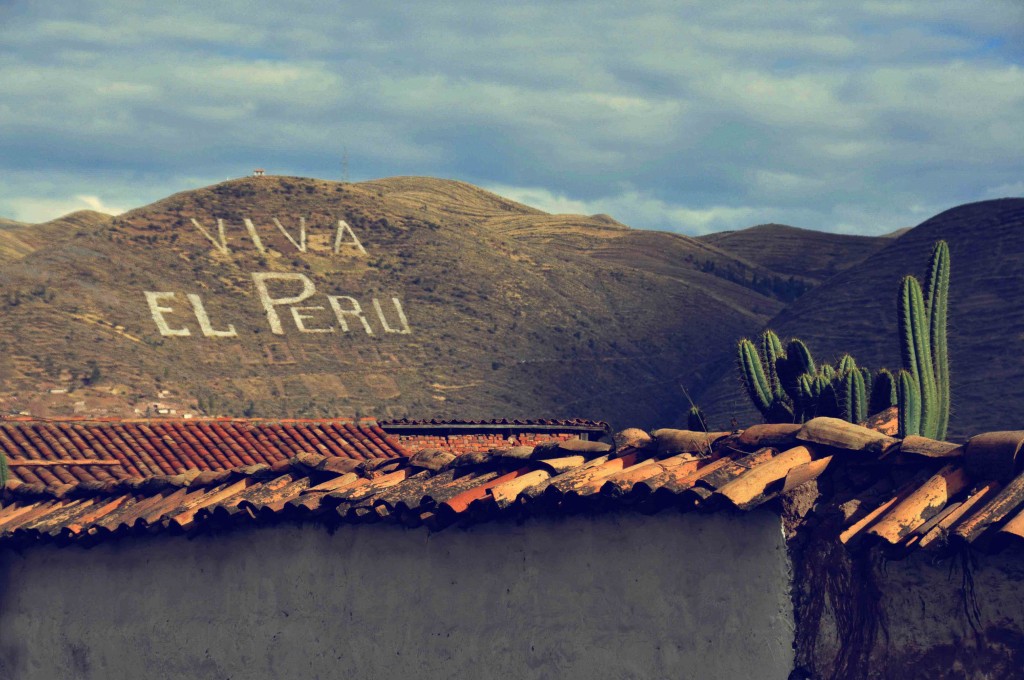
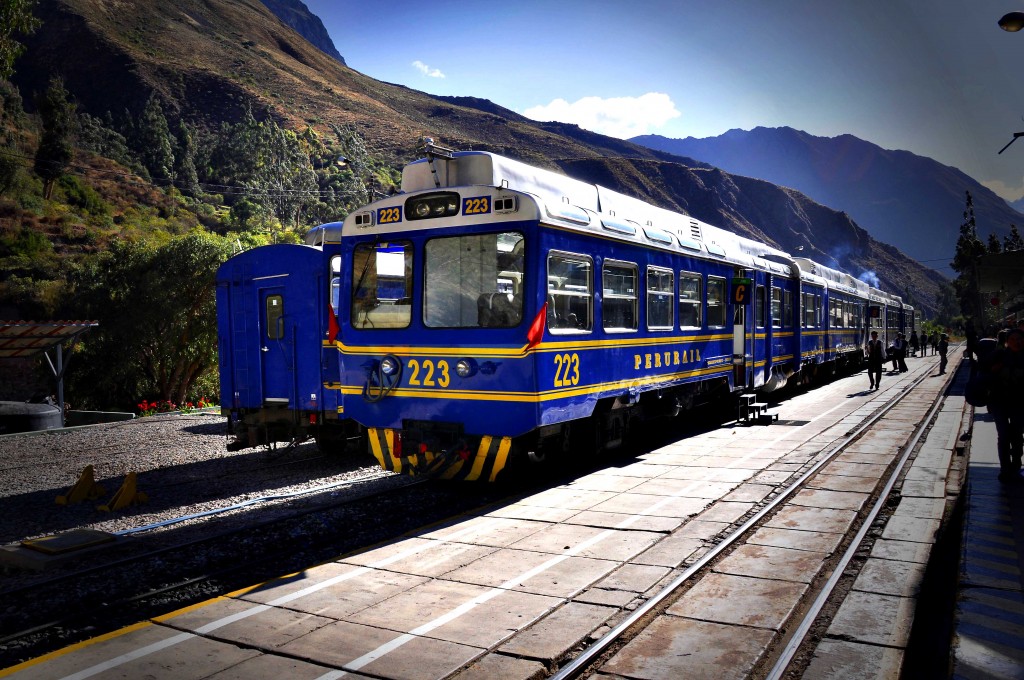
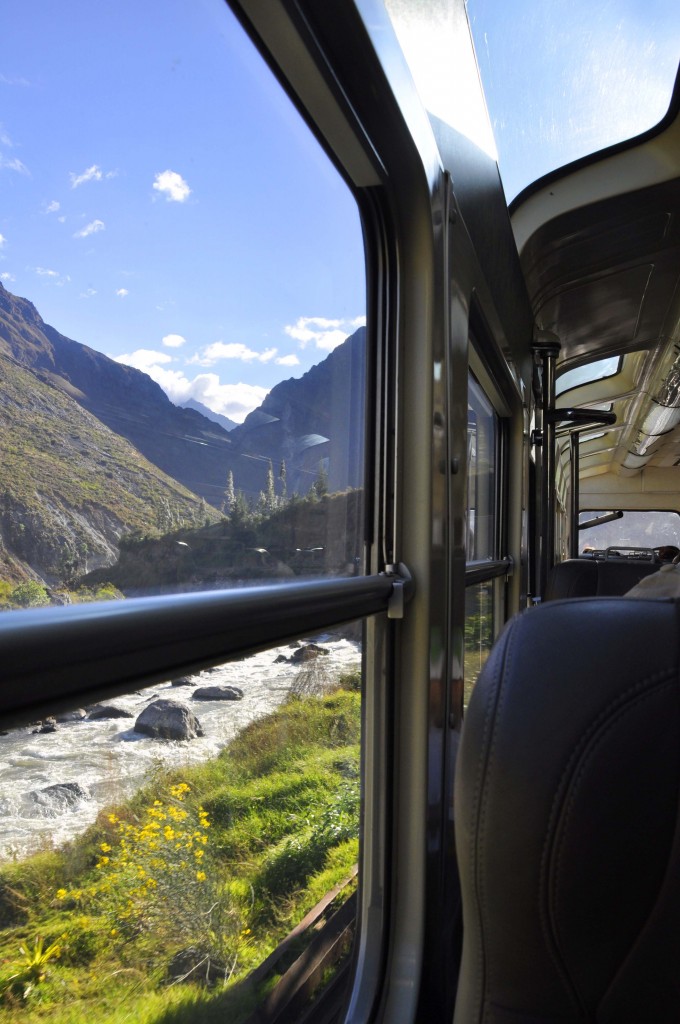
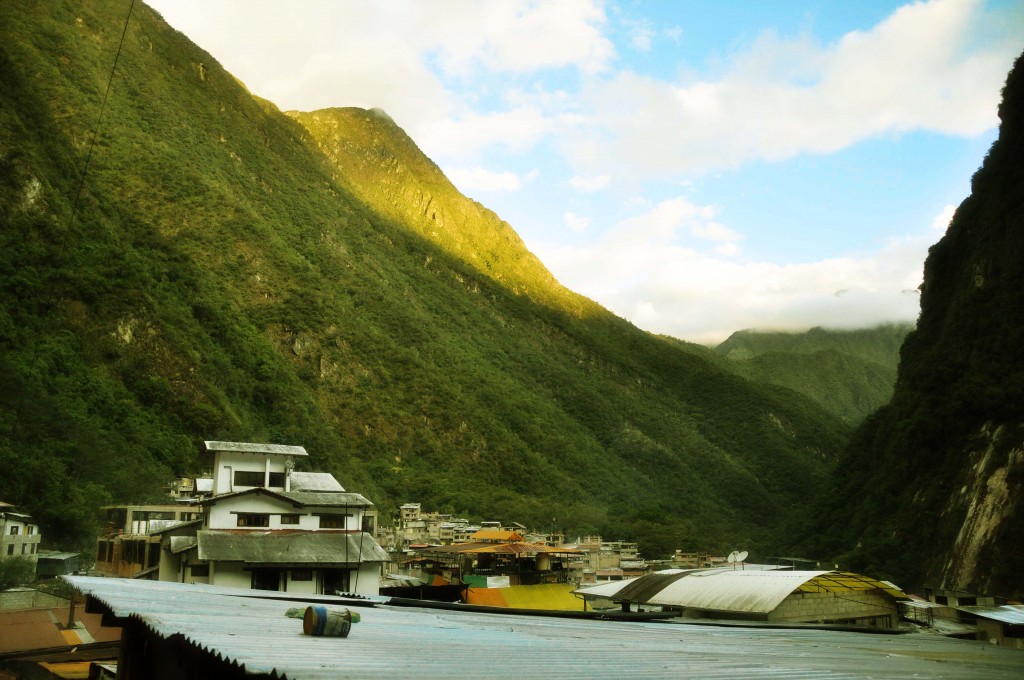
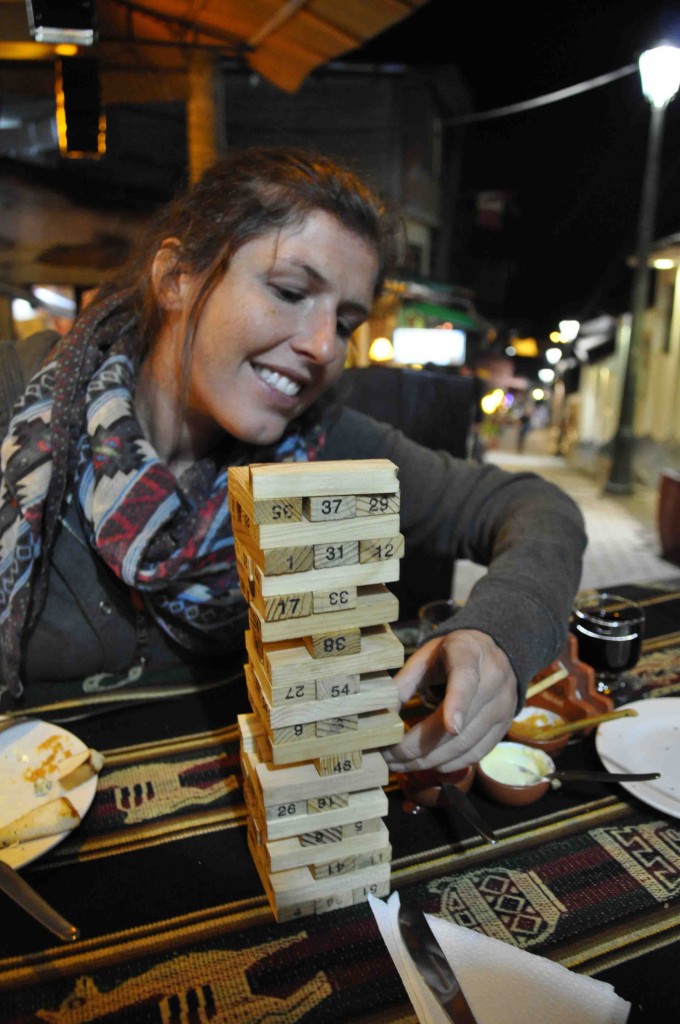
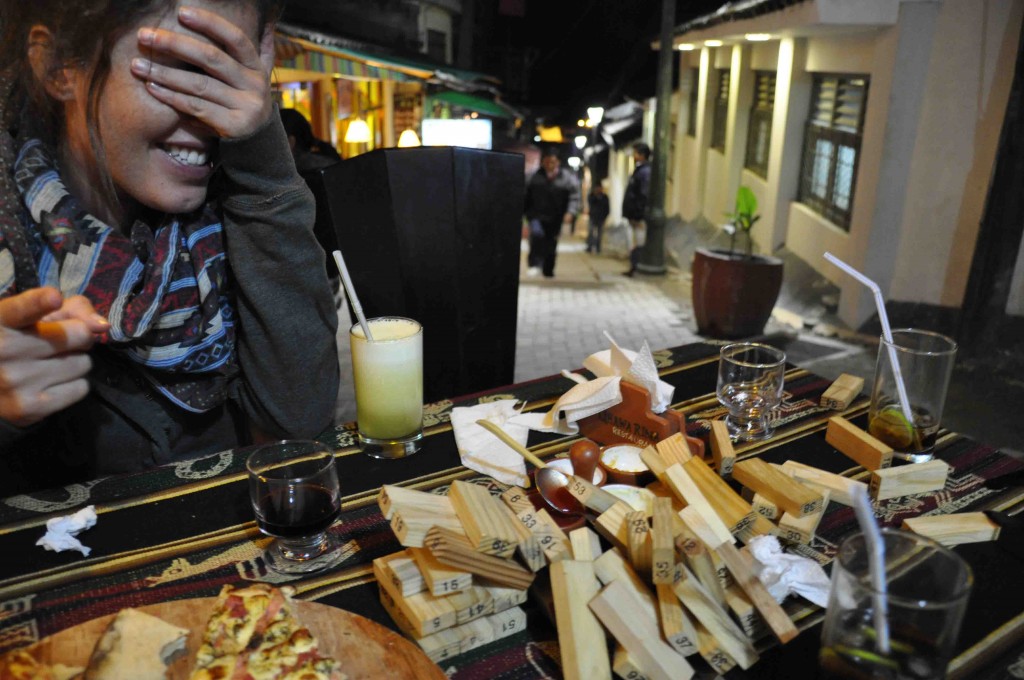
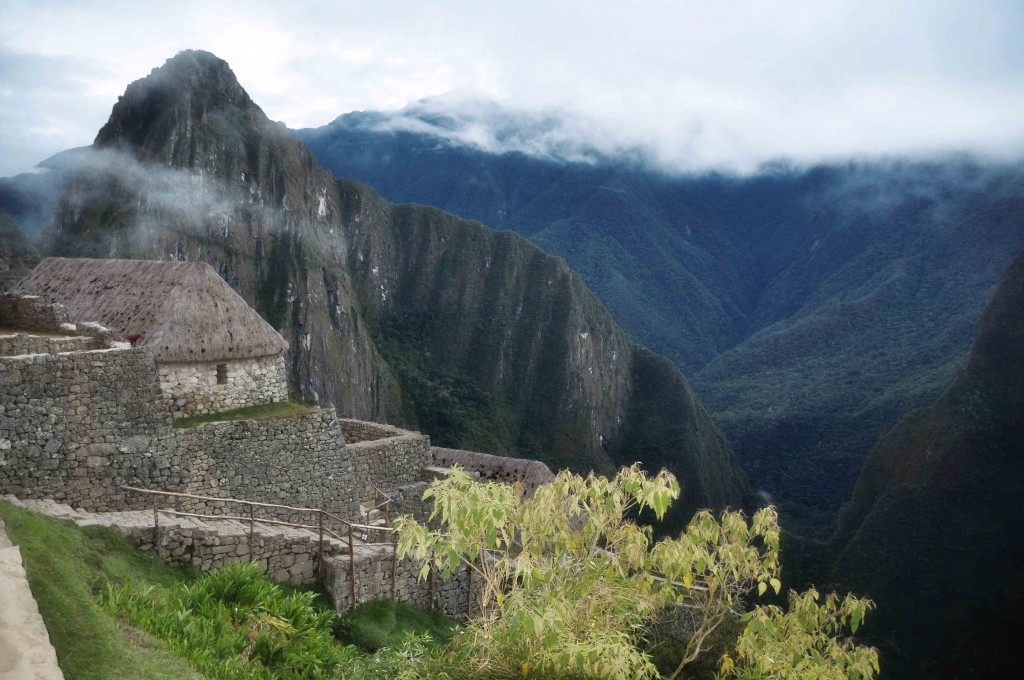
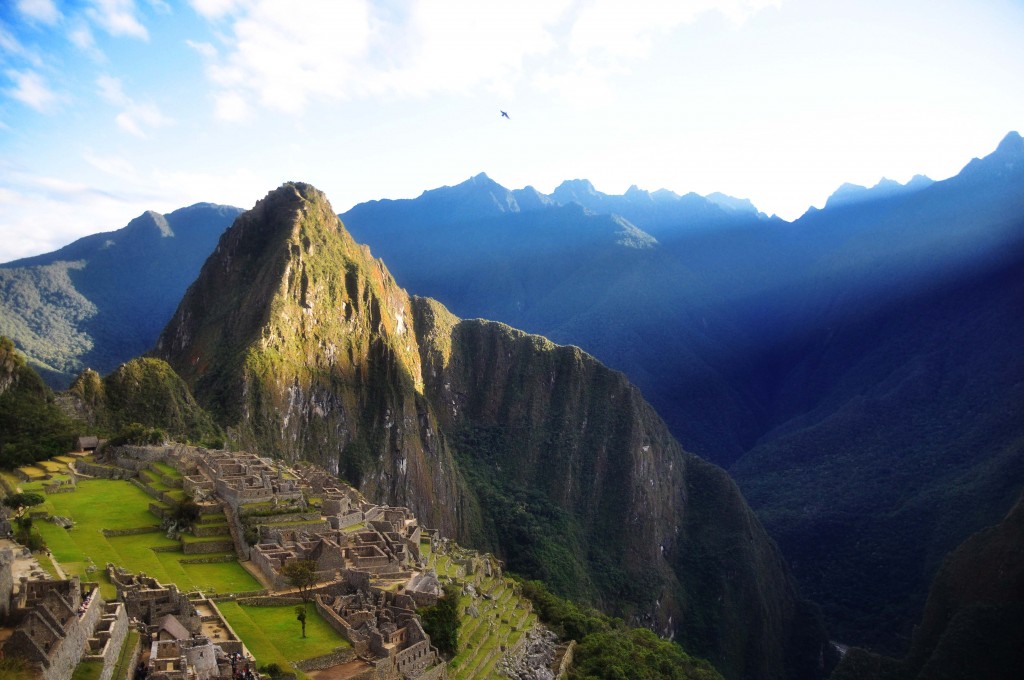

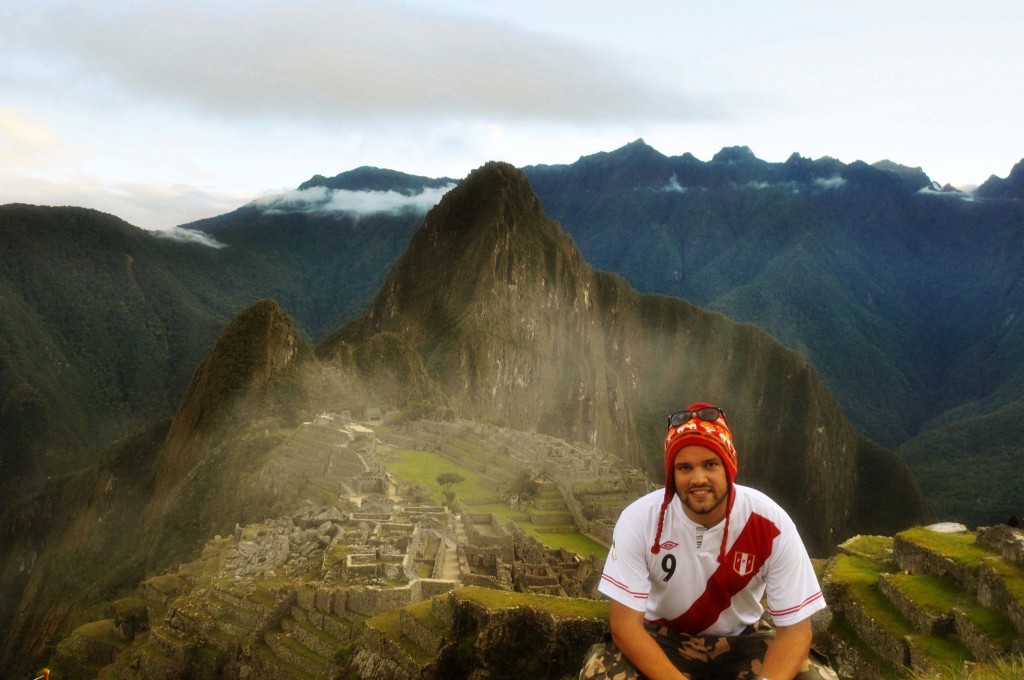
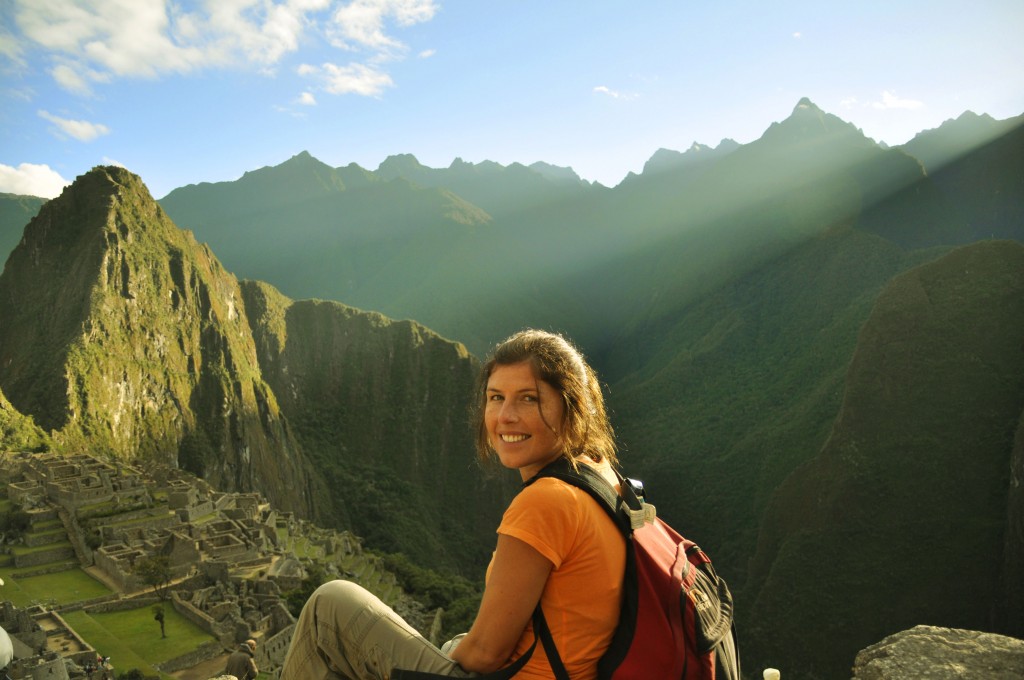
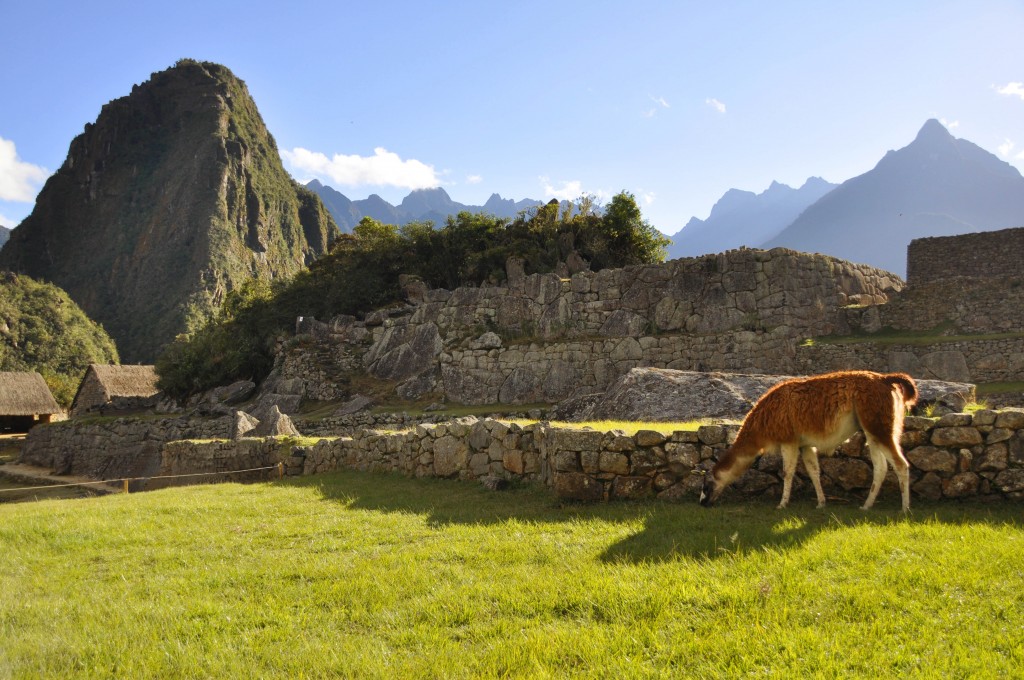
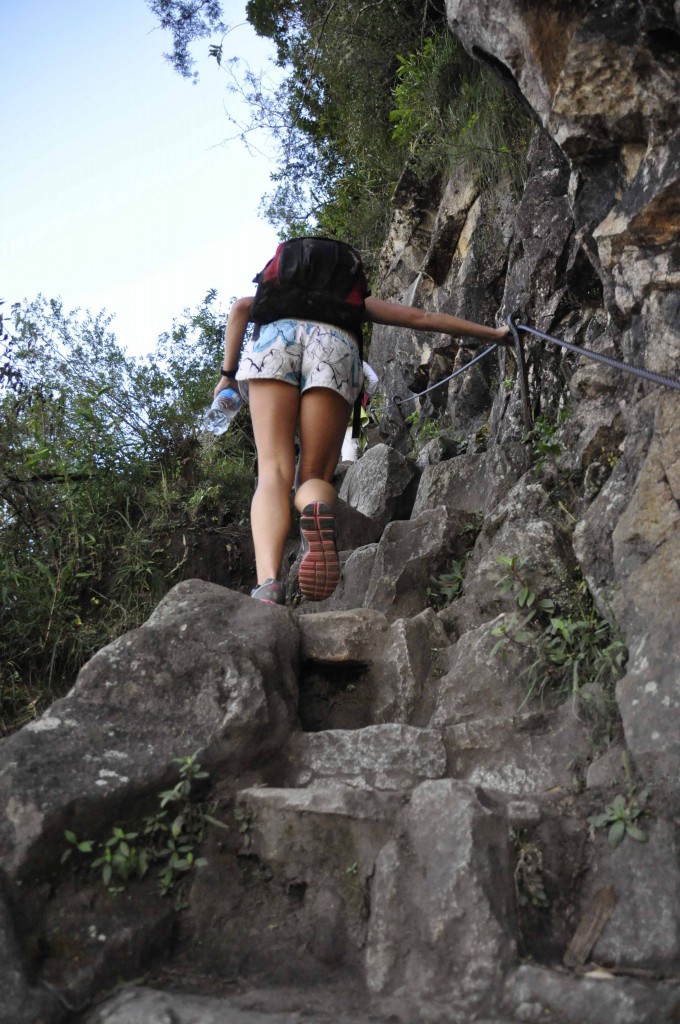
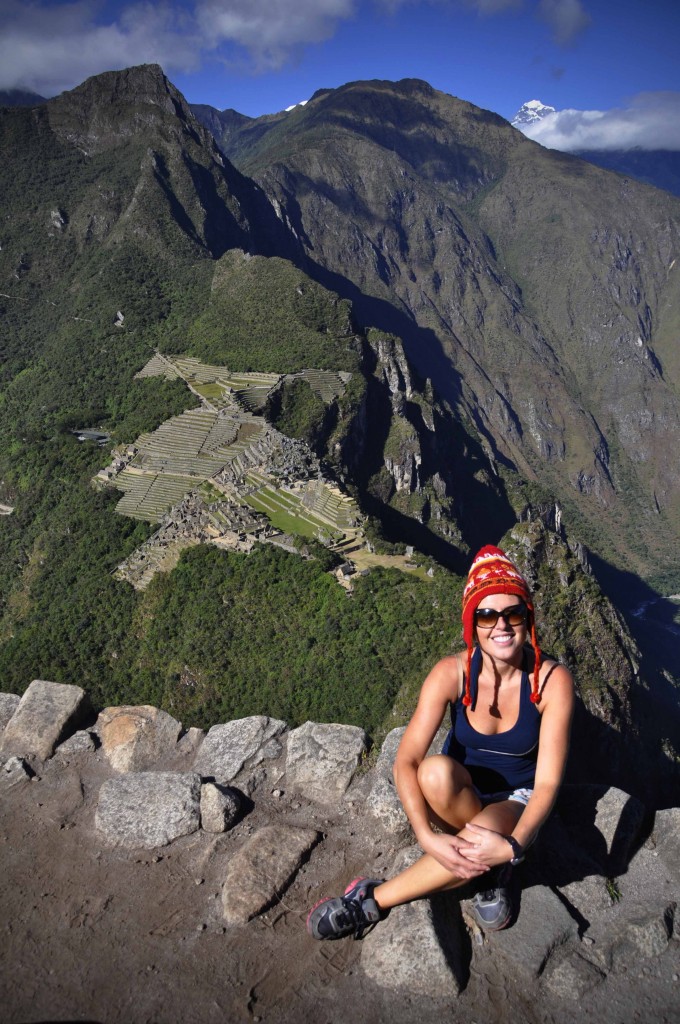

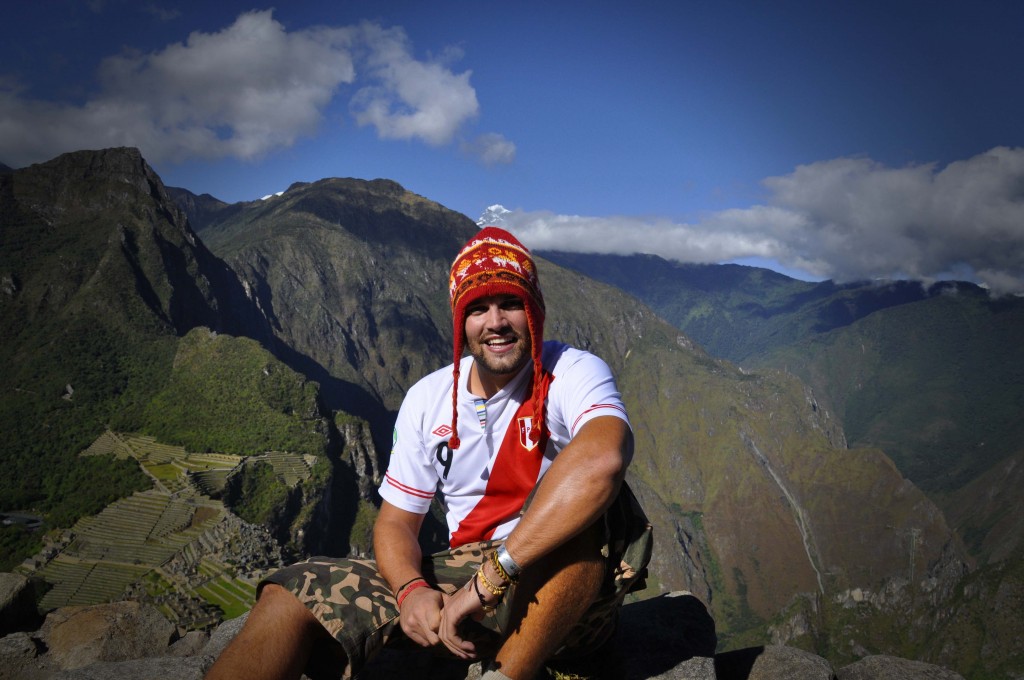
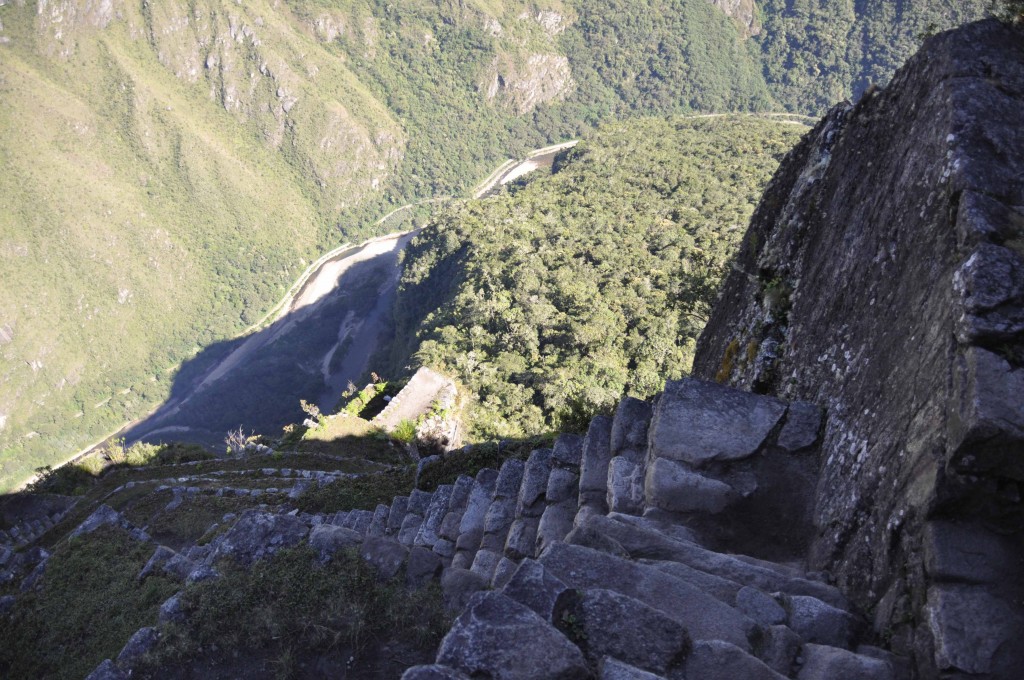
AMazing. Definitely on my list of things to do. What happens if somebody is coming up the same time you are coming down Huyana Picchu though? Is there enough room? The steps look incredible small. :-/ Would you recommend it to someone with slight vertigo?
grandiose ! et vos photos sont de plus en plus belles et font drôlement envie !